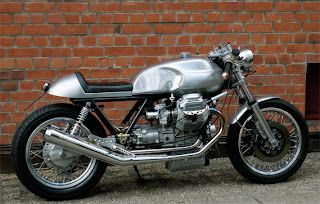 I did not know the name of this artist when I first noticed his work. This was back in the late seventies or early eighties in Paris. I remember noticing realistic images in highly contrsted black and white of the young poet Rimbaud pasted onto walls in unlikely places. My first reaction was to consider them as like a kind of wallpaper, especially since I remember seeing one or more on the side of houses which were being demolished, alongside open fireplaces and traces of partition walls and stairs. It was as if a former inhabitant of an appartment had covered his wall with a life-sized image of the romantic 19th. century poet. I first put this down to typical adolescent infatuation with a hero, or something like that. Then I noticed more of the same images, in different places. Always the same and always in black and white.
I did not know the name of this artist when I first noticed his work. This was back in the late seventies or early eighties in Paris. I remember noticing realistic images in highly contrsted black and white of the young poet Rimbaud pasted onto walls in unlikely places. My first reaction was to consider them as like a kind of wallpaper, especially since I remember seeing one or more on the side of houses which were being demolished, alongside open fireplaces and traces of partition walls and stairs. It was as if a former inhabitant of an appartment had covered his wall with a life-sized image of the romantic 19th. century poet. I first put this down to typical adolescent infatuation with a hero, or something like that. Then I noticed more of the same images, in different places. Always the same and always in black and white.I then discovered that the artist's name was Ernest Pignon-Ernest. In fact his real name is Ernest Pignon, but he changed it to avoid confusion with another French painter. The images of Rimbaud were the result of drawings, made from a photograph and then transformed into silk-screen printed posters that he deliberately stuck on walls in places where the poet had been: Charleville (his birthplace) and Paris, and usually specific places within those towns. History and its connections with life today forms an essential part of Pignon-Ernest's work. Another aspect of this work is its more or less gradual degradation, according to where it is placed and what happens to it (tearings, weathering, etc).
Pignon-Ernest works constantly on the links between people and places, using drawings made from images of famous people, events or even paintings to "re-inhabit" a place that holds their memory and so engendering reactions with the contemporary inhabitants of that place, or with simple passers by: you and me in other words. His work is rarely shown in galleries. It is truly "street art" in the sense that it uses the street as its wall and its audience.

This series of photographs shows examples of the work he did between 1988 and 1995 in Naples, using images from Italian paintings, essentially by Caravaggio. The procedure was the same as above and you can see something of the approach in the second image above that shows of one of his drawings, following that of one of the posters produced and installed from that drowing. In these works he took the "installation" aspect of his work, alway based on exquisite draughstmanship and always in monochrome, even further. I get the impression at times of something close to trompe-l'oeil, so well do they fit in to the architecture and the run-down façades of the buildings. And he clearly plays on this, like in the picture on the right where the image runs over the pavement. Or in the one below, where the drama that it contains is so fitting to this city.
Some years later, I saw a lot more more of Pignon-Ernest's work, particularly in a magnificent retrospective held in Evian a couple of years back. I will return to it another time. I find it not only totally impressive technically, but very strong and moving by its approach to the intimate links between "art" and life. A good example was his work in and around Soweto, South Africa, which evoked the massacres in that township under Apartheid.
In the meantime, if you want to see more, he has an official site which shows a great deal: http://www.pignon-ernest.com/
















































